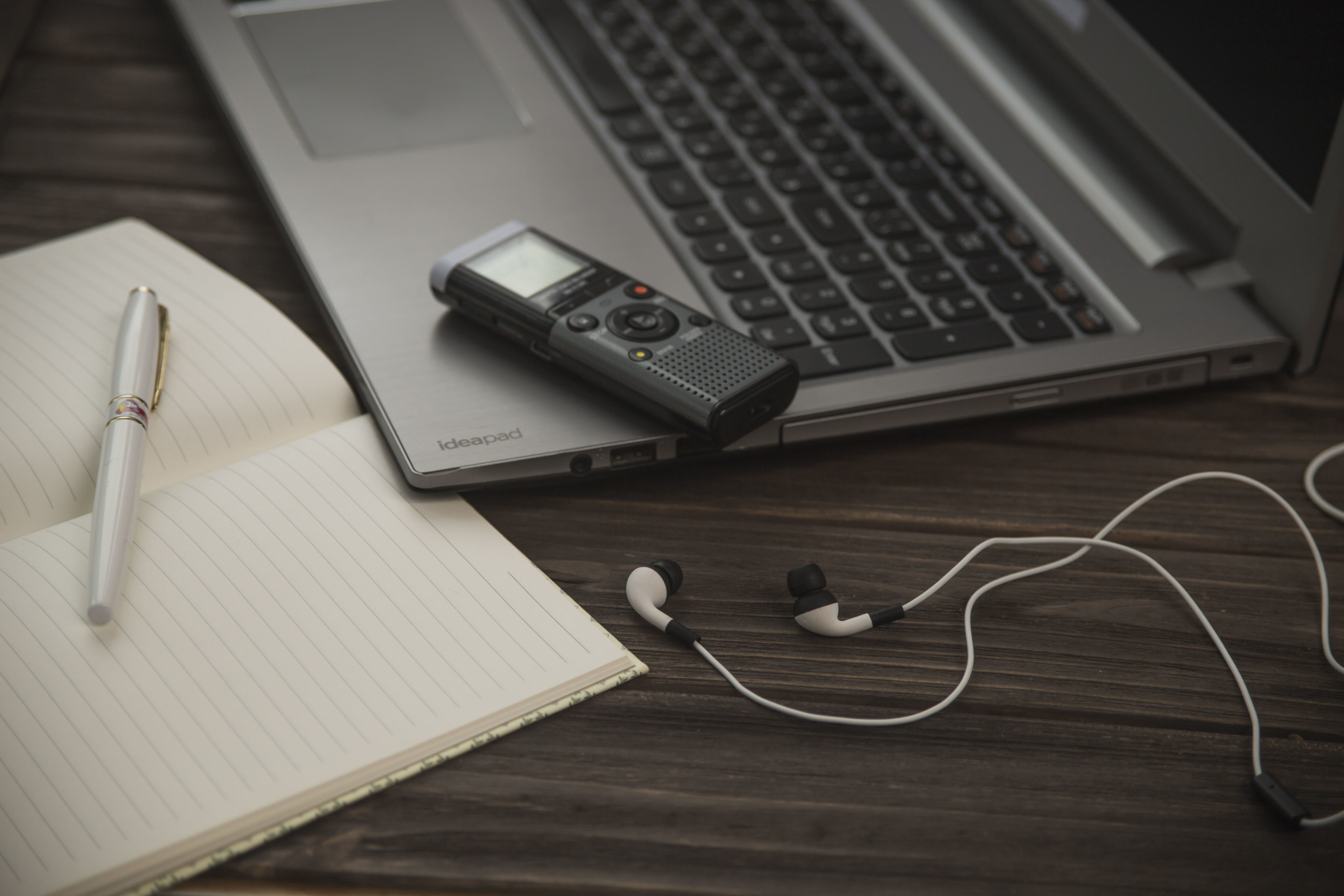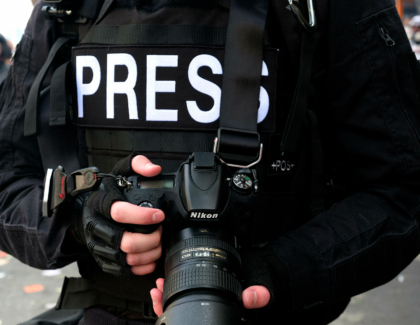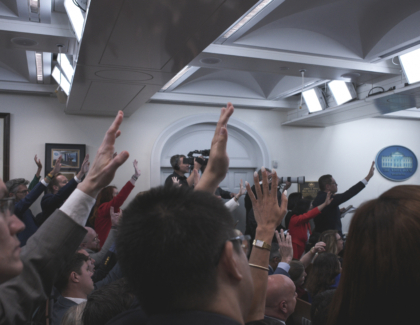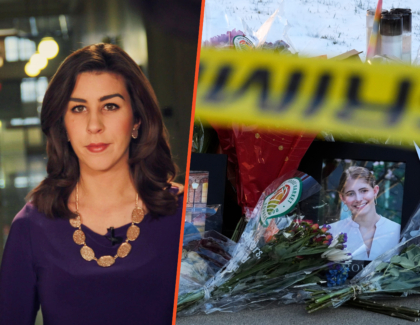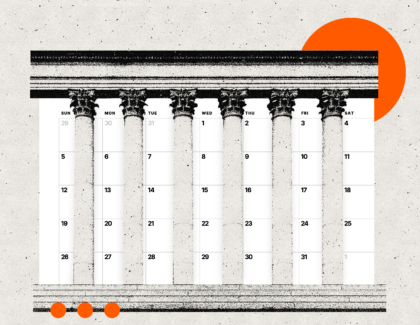Sign up for the daily CJR newsletter.
Early last year, I published a story about my life with chronic illness and disability. I thought I did well, and used the correct terms to describe myself and other people with disabilities in a respectful and truthful way. But after my piece was edited it unexpectedly featured a teaser, which I first saw when it was published online.
To me it seemed that the new passage mainly consisted of the word, “suffering.” “She suffers from Ehlers-Danlos syndrome. She suffers from chronic pain.” My life was reduced to misery, as often happens when non-disabled journalists cover disability.
Most people living with disabilities don‘t spend their lives in agony; they merely have a certain condition or disability. And in this case nobody had asked me whether I felt like I was suffering. It was just assumed I did.
RELATED: What journalists can do better to cover the disability beat
Veronica Wain explains in the book Documentary and Disability that words are the means to shape how the audience understands a community, but also how a community sees itself. It was strange to recognize that other people perceive my life inaccurately. Words matter. Representation matters.
My editor said he had heard that the word suffering wasn’t appropriate to describe people with illnesses but had forgotten. Not to say disabled journalists are perfect in this regard—there are many rules, and we make mistakes like everyone else—but, bluntly, we try harder because it affects us personally.
I often feel that my stories don‘t find their way into newspapers, because they are not inspirational enough. That people with disabilities must be seen as either superheroes or victims with no joy in their lives. Neither reflects the whole truth, of course, and both skew the perception of one of the largest minorities in the world.
“For the most part disabled people act like everybody else,” the journalist David-Elijah Nahmod said recently. “We are not saints; we are not devils. We are somewhere in the middle.“ The simplest way to reflect this is to involve those who know best: the people we are reporting on. Most likely, they will have a clear idea of how they want to be represented.
We try harder because it affects us personally
”When non-disabled journalists tell stories about disabled people” a journalist told the writer Katie Ellis in her book, Disability Media Work, “they view through the prism of their own experience, so they usually depart from baseline negative.”
I am not saying journalists outside of a minority community shouldn’t write about it. But I believe it is hard work to represent an unfamiliar topic far away from one’s own experience, and journalists working under pressure might not have the time to fully immerse themselves in a complicated subject matter like disability.
According to Berkowitz’s research, minority reporters also tend to consult minority sources, which likely means that more diversity in newsrooms equals more variety in reporting. But our newsrooms simply don’t offer that kind of diversity.
In 2002, 33 percent of journalists in the US were female. By 2016, after 14 years of fighting, awareness, and the first ever female presidential candidate, the number had risen to 39 percent according to the American Society of News Editors. (The same survey shows that 83 percent of journalists were white and only 17 percent belonged to an ethnic minority.)
Germany did a little better—in 2015 the number for female journalists was 40 percent. In Britain, according to figures from 2016, it’s about 45 percent. (Though they earned less than their male colleagues.) If we cannot solve such gender inequality, even though we have tried for decades, how can we get it right with journalists who are disabled?
In fact, it’s hard to even find data about people with disabilities working in newsrooms. Researchers often don’t include it as a category. One available report by Mark Spilsbury showed that in 2017, disabled journalists made up 14 percent of all journalists in Britain. (I did not find any data about the US or Germany. Though in the latter case, larger organizations required to fill five percent of their jobs with people with disabilities, or pay a fine.)
It can seem like a catch-22: we can’t change prejudices about people living with disabilities without more disabled writers, and we can’t get more disabled writers without changing prejudices.
“Stories are told about us but not by us,“ the journalist Belo Cipriani, who is blind, once said. He is right. Disability reporting needs to improve, and the solution is simple: we need more journalists with disabilities in newsrooms.
ICYMI: In the Mueller report, Sarah Huckabee Sanders admitted she misled reporters
Has America ever needed a media defender more than now? Help us by joining CJR today.



